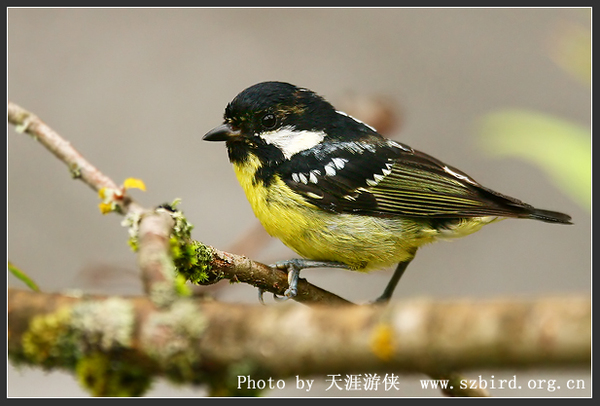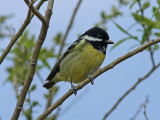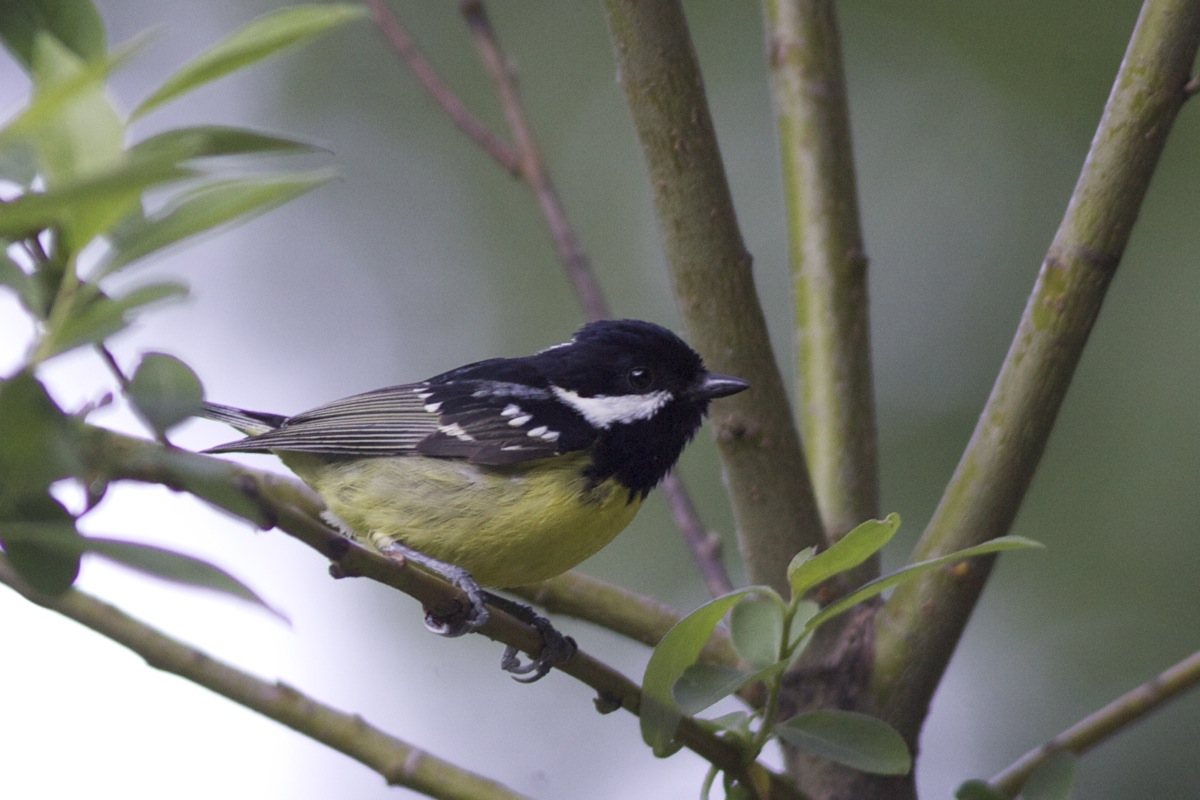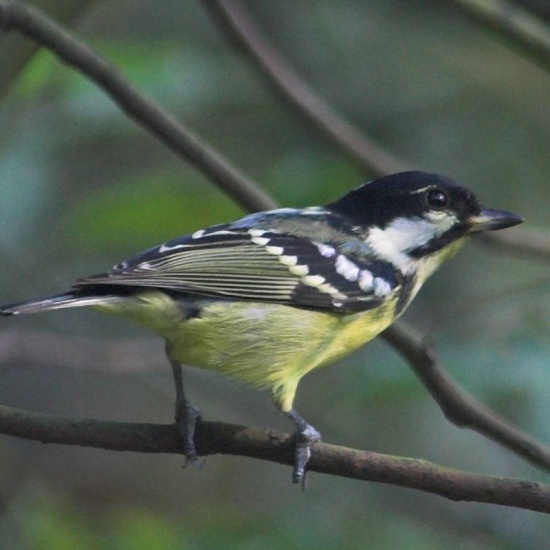
Parus venustulus
SUBFAMILY
Parinae
TAXONOMY
Parus venustulus Swinhoe, 1870. Monotypic.
OTHER COMMON NAMES
French: Mйsange gracieuse; German: Schmuckmeise; Spanish:
Carbonero de Vientre Amarillo.
PHYSICAL CHARACTERISTICS
4 in (10 cm); 0.3–0.45 oz (9–12.5 g); plumage like that of the
‘spot-winged’ tits, with yellow breast and gray-blue mantle;
sexually dichromatic.
DISTRIBUTION
Endemic to central and eastern China.
HABITAT
A wide range of forest and woodland types, predominantly in
mountainous areas, and around human habitation and cultivated
land where trees are present.
BEHAVIOR
Typically resident, but known to be migratory in parts of
range. Little known about territoriality, but does join mixedspecies
flocks outside of the breeding season. Song is simple.
FEEDING ECOLOGY AND DIET
Little known about foraging
BEHAVIOR
, but diet largely invertebrates
with some fruits taken. Makes stores of food.
REPRODUCTIVE BIOLOGY
Nests in natural cavities, but does not excavate own hole. Eggs
laid between May and June and clutch size is five to seven
eggs. The incubation period is 12 days and the young fledge
16–17 days after hatching.
CONSERVATION STATUS
Not threatened. With the exception of the great tit, this is
probably the most widespread of all the southern Asiatic
species.
SIGNIFICANCE TO HUMANS
None known.
Other popular Animals
Photo Gallery of - Yellow-bellied tit




 Animalia Life
Animalia Life